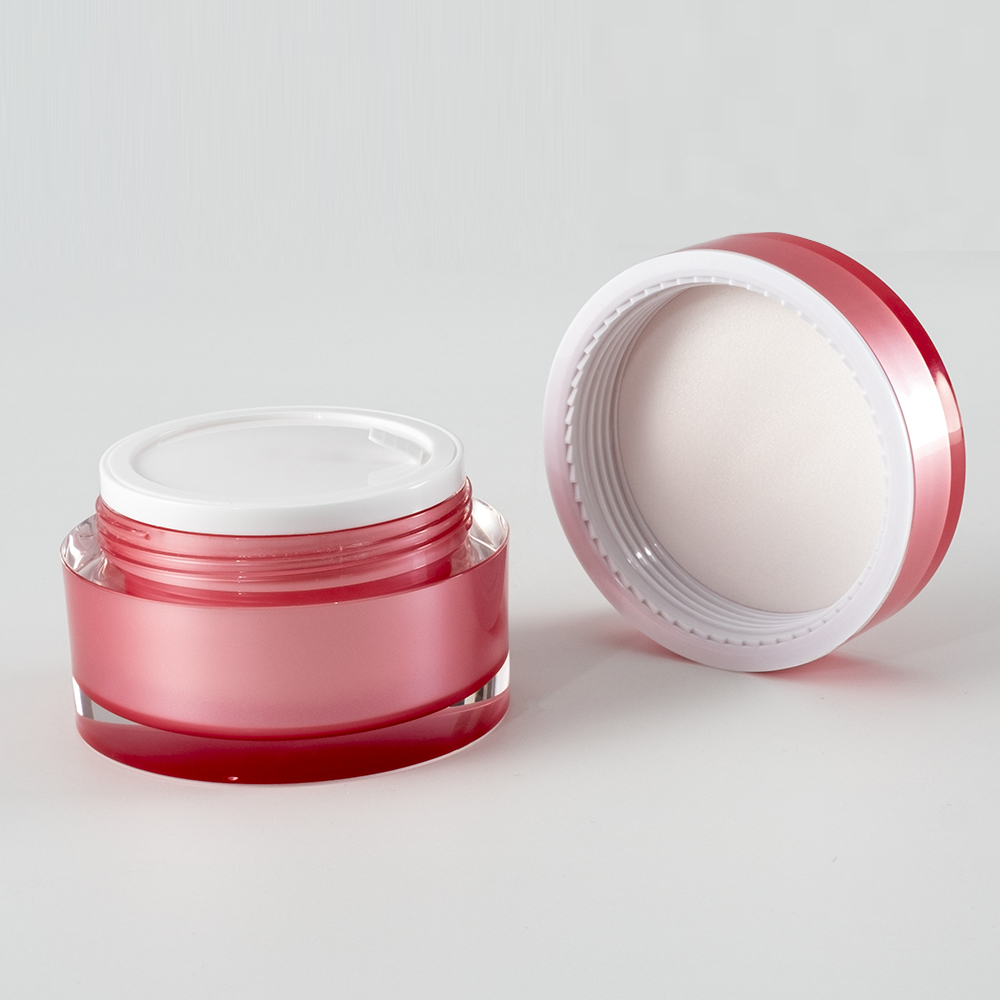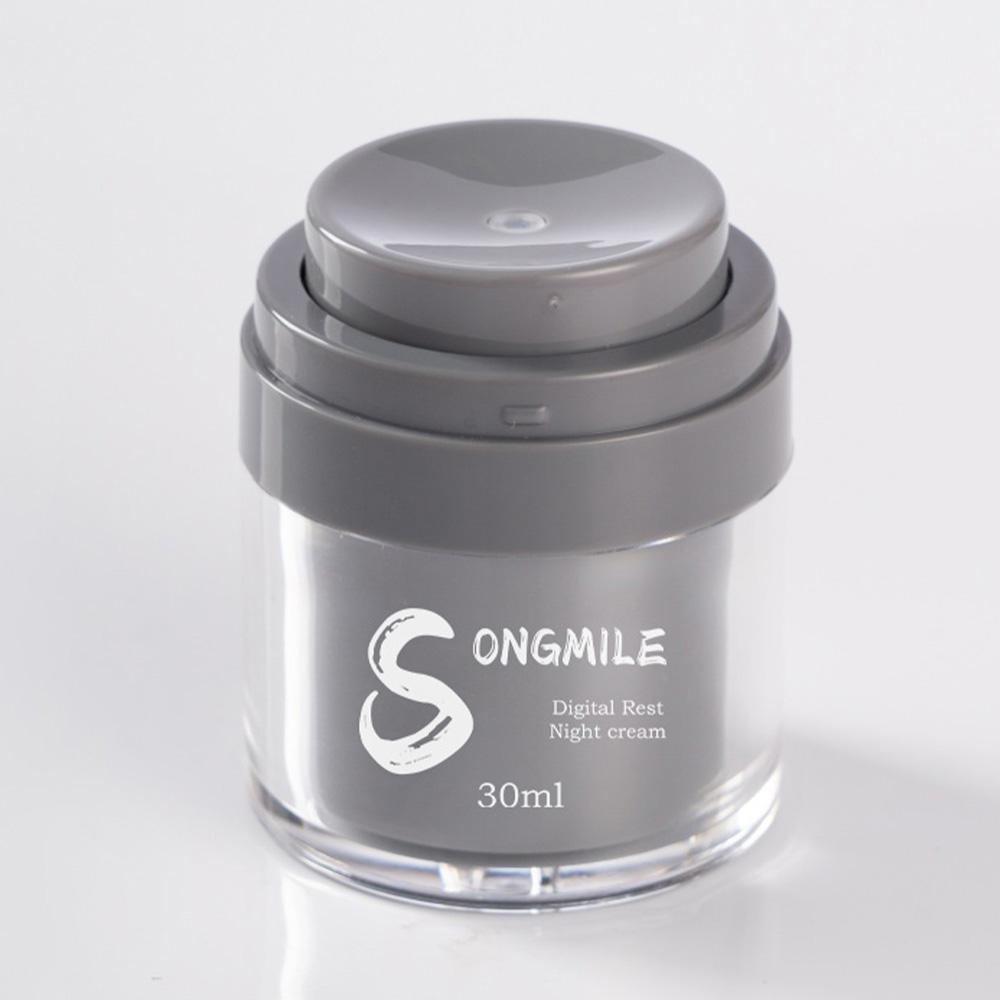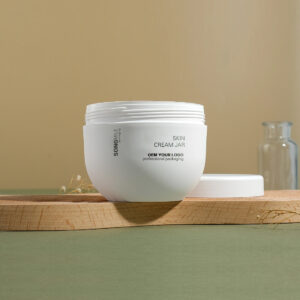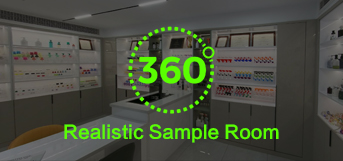Acrylic, commonly known as PMMA, is derived from the English word “acrylic”. Polymethyl methacrylate is a thermoplastic polymer that was discovered early on and is still used today.It has great transparency, chemical stability, weather resistance, ease of dyeing and processing, and a refined look. However, because acrylic bottles cannot come into direct contact with cosmetic formulas, they are commonly referred to as PMMA-based plastic containers. These are formed by injection molding to build the bottle shell or cap casing, which is then coupled with inner components made of PP or AS materials and assembled into the finished product, known as an acrylic bottle.
Manufacturing Process
- Molding and Processing
Acrylic bottle shells in the cosmetics sector are typically made using injection molding, making them also known as injection-molded bottles. Because of their low chemical resistance, they cannot be used to fill creams without an inner liner for isolation purposes. Filling should not be too high to avoid the product from seeping between the liner and the acrylic bottle, which could lead to cracking.
- Surface Treatment
Acrylic bottles with injection-molded solid colors, transparent finishes, or crystal-clear appearances are often spray-painted to refract light for enhanced visual effects. Caps, pump heads, and other packaging components are often treated with spraying, vacuum plating, aluminum, gold/silver wire drawing, or secondary oxidation to highlight product individuality.
- Printing
Acrylic bottles and their matching caps usually use silk printing, pad printing, gold/silver foil stamping, heat transfer, or water transfer printing to display brand graphics and information on the bottle body, cap, or pump head surfaces.
Product Structure
- Bottle Categories
By shape: round, square, pentagonal, egg-shaped, spherical, gourd-shaped, take.
By use: Botion Botles, Nga ipu hinu, Te ipu kirīmi, serum bottles, toner bottles, cleansing bottles, take.
Standard weights: 10g, 15g, 20g, 25g, 30g, 35g, 40g, 45g.
Standard capacities: 5ml, 10ml, 15ml, 20ml, 30ml, 50ml, 75ml, 100ml, 150ml, 200ml, 250ml, 300ml.
- Bottle Neck Sizes
Common neck size: Ø18/410, Ø18/415, Ø20/410, Ø20/415, Ø24/410, Ø28/415, Ø28/410, Ø28/415.
- Bottle Components
Acrylic bottle are primarily paired with cap, pump head, and spray head. Outer cap are often made of PP material, though PS, ABS, or acrylic materials are also used.
Application in Cosmetic Packaging
Acrylic bottles are widely used in the cosmetics industry. They are found in skincare products such as cream jars, Botion Botles, serum bottles, and toner bottles.












